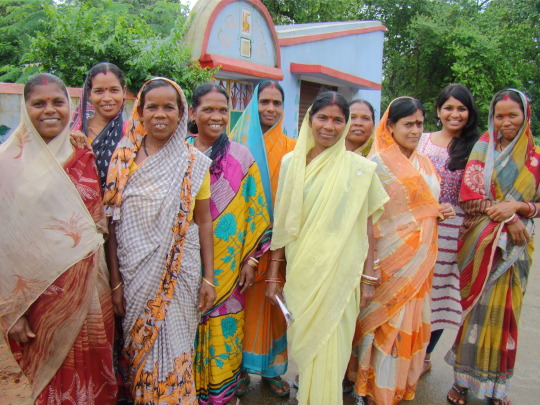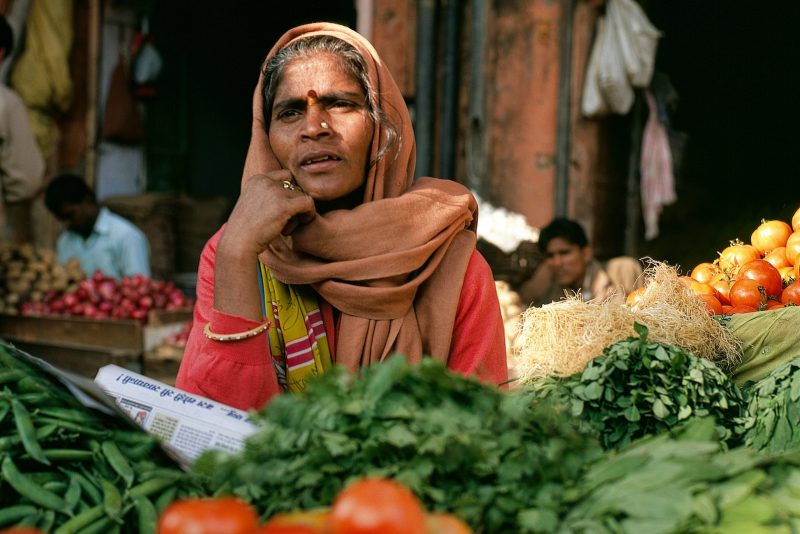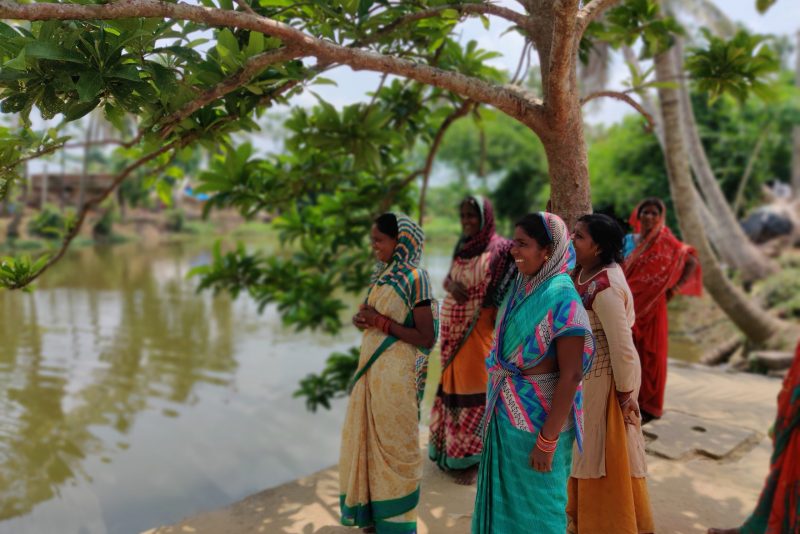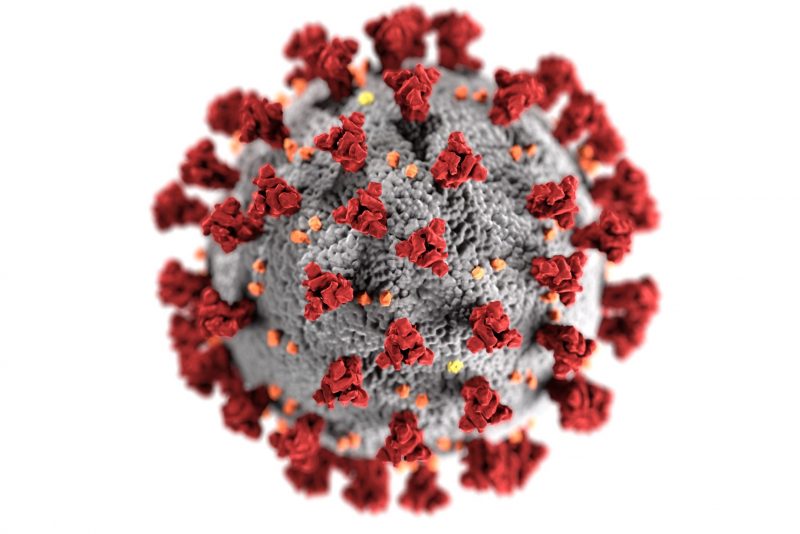In Bihar, a quiet gender revolution

“Name? Son of or Wife of?,” the check-in form at the hotel asked me. The form was practically telling me I needed to be someone’s son or wife to be occupying a room in a hotel by myself. That it wouldn’t be socially acceptable if was I doing so being someone’s daughter. Or a single woman, like I was. But I was in Bihar’s Muzaffarpur district, and honestly, I wasn’t surprised. In a quiet protest, I left the field blank.
The sex ratio in Bihar is 918, worse than that of India’s at 940. Women claiming their spot in public spaces is still a process here, a daily struggle. In such a social scenario, taking their own decisions – personal and financial – is also a big step for the women.
Digital Green’s work tries to address this issue in Bihar and other states in India through their agriculture and health intervention using ICT4D (Information Communication Technology for Development). Since 2008, they have used a unique model: community-led creating, sharing of videos, and monitoring video-watch and adoption of new practices to bring about behaviour change. The model works through already-established women-run self-help groups (SHGs) in the villages. Over the years, they have expanded from agriculture extension to the health and nutrition arena. The intervention I was evaluating focused mainly on maternal, infant and young child nutrition (MIYCN).
I had the chance to visit several video disseminations. A saheli (friend) appointed and trained by Digital Green screens the video in a SHG meeting using Pico, a portable projector. The members then ask questions about the video. For example, a video advising pregnant women to not undertake heavy work would elicit questions like: “What constitutes heavy work?” “Can I fetch water from the well when I’m pregnant?” The adoption of these new behaviors is then monitored and tracked by community members trained by Digital Green, in a simple, and easy to use interface called COCO.
For me, the biggest take-away was that women were finally being informed of the steps they could take to ensure their own health and well-being, and just having that knowledge of what they could do to make it better (as trivial as it may seem to some of us) was a step towards empowerment.
This was also the reason why one of the areas of improvement I stressed upon for the intervention was the inclusion of frontline health workers, who are called ASHAs (Accredited Social Health Activists) and Anganwadi workers. These women, who are chosen by the government to be health extension workers from the community, serve as the primary point of contact for the women in the village. They are tasked with duties such as promoting immunization, reproductive health and access to health services. They are well-respected and their opinion on health is regarded as legitimate: a necessary quality in a communicator. They are the rural ambassadors of health and a resource Digital Green could use!
The way I looked at it, on one hand Digital Green has a program targeted at maternal health. On the other hand, ASHAs and Anganwadi workers were already doing this work and having these videos as aid would only make their work easier. Both of these aspects seemed complementary, and the fact that one was working without the other meant that in some way, the social and economic capital available in the communities was not being utilized fully.
After my visits, I found it imperative to devise a strategy of collaboration with these women health workers to achieve Digital Green’s objective of a successful intervention in behavior change communication. Tapping the potential of Anganwadi workers and ASHAs both in terms of subject matter familiarity and mobilization skills seemed necessary. This would not only ensure empowerment and inclusion of women in issues imperative to them, but also better service delivery – a win-win!
While I had questions on how one measures impact, and what constitutes adoption in health behaviors, what was unquestionable was the amount of power the intervention placed in women’s hands. As one of the sahelis, Sarita Devi put it, “Now we know what is good for us, and I can inform other women too. That makes me feel powerful.”




